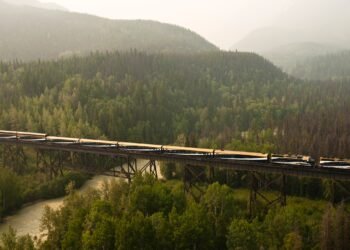That first gloomy evening, roving the city with no reservations, we had dinner at a nondescript dine-in bakery. We couldn’t agree on which pastries to share, our bottled-up feelings of hurt and neglect erupting into criticism of each other’s choices, so we ended up ordering far too many for two. That mountain of food, while disappointingly stodgy, gave us something to bond over.
“We need a redo,” I told Sam. I was referring to dinner but subconsciously, I think, to the beginning of the weekend. We walked over to Big Wong BBQ on the same street, a casual Cantonese joint with dripping slabs of honey-glazed roast pork hanging in the window. As we laughed over traveling all the way to Hobart to eat what we could have back home in Singapore, I could feel the frost beginning to thaw.
The next morning unveiled sun-warmed streets and weekend markets that peddled homemade peanut butter and hand-twirled silverware, which spilled out from roads closed to traffic. While Hobart is Australia’s least populated state capital, with just more than 56,000 people, it has a huge maker culture that adds to Tasmania’s reputation for growing some of the country’s best produce. The markets are a delicious introduction to this, as Sam and I discovered while snacking our way through the city-center Farm Gate Market, or Farmy, as the locals call it. Later, strolling to the ferry that would take us to Hobart’s top attraction, the radical Museum of Old and New Art (MONA), we got a glimpse of the rugged beauty for which Tasmania is famous. Black swans floated down the River Derwent, whose estuary bisects the city, as mountains still capped with last season’s snow loomed in the distance.
Museum of Old and New Art
When we were in college, people used to call me and Sam twins because we always seemed to know what the other was thinking. But after the past few years, I wasn’t sure that we’d find our way back there. At MONA we came across the “Namedropping” exhibition, which explored the sense that everything, including people, has an essence that transcends the material state. I wondered whether the same was true for friendship: Could the connection between two souls trump distance, illness, and even bruised pride? Wandering through the works gave me hope. Sam and I moved at our own pace, coming together naturally now and then to admire the same pieces, like He Xiangyu’s life-size Tank, sculpted in leather. At that moment, staying in step seemed not just possible but effortless.














